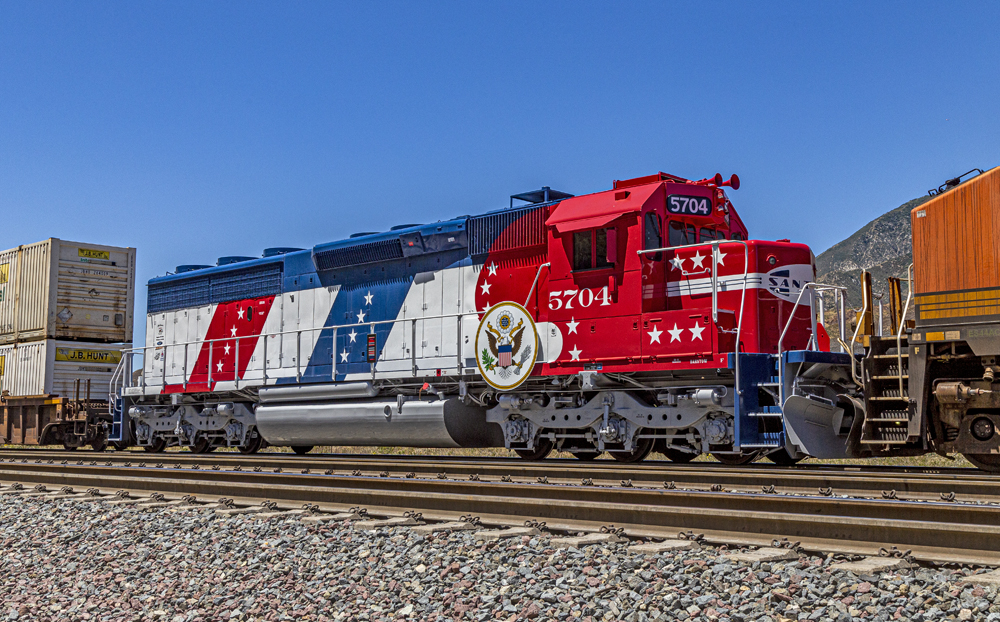
LOS ANGELES — Santa Fe No. 5704, the SD45-2 locomotive cosmetically restored to its bicentennial paint scheme, will make its California public debut at Los Angeles Union Station’s Train Festival 2023: A Celebration of Past, Present & Future on September 9-10. The locomotive, which was donated by BNSF to the Southern California Railway Museum in […]
Read More…
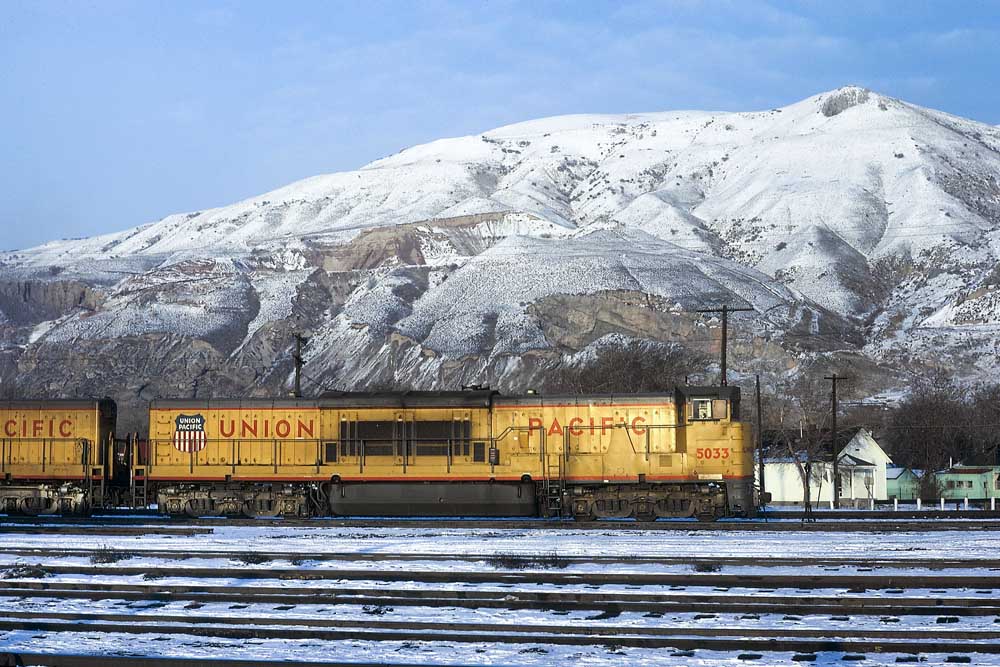
Union Pacific’s General Electric U50C locomotives were the last double-diesel model to join the roster, beginning in late 1969. They were, however, the least successful of the three production models the railroad acquired. GE built 40 U50C locomotives for UP between September 1969 and January 1971. (Their production dates largely mirrored those of […]
Read More…
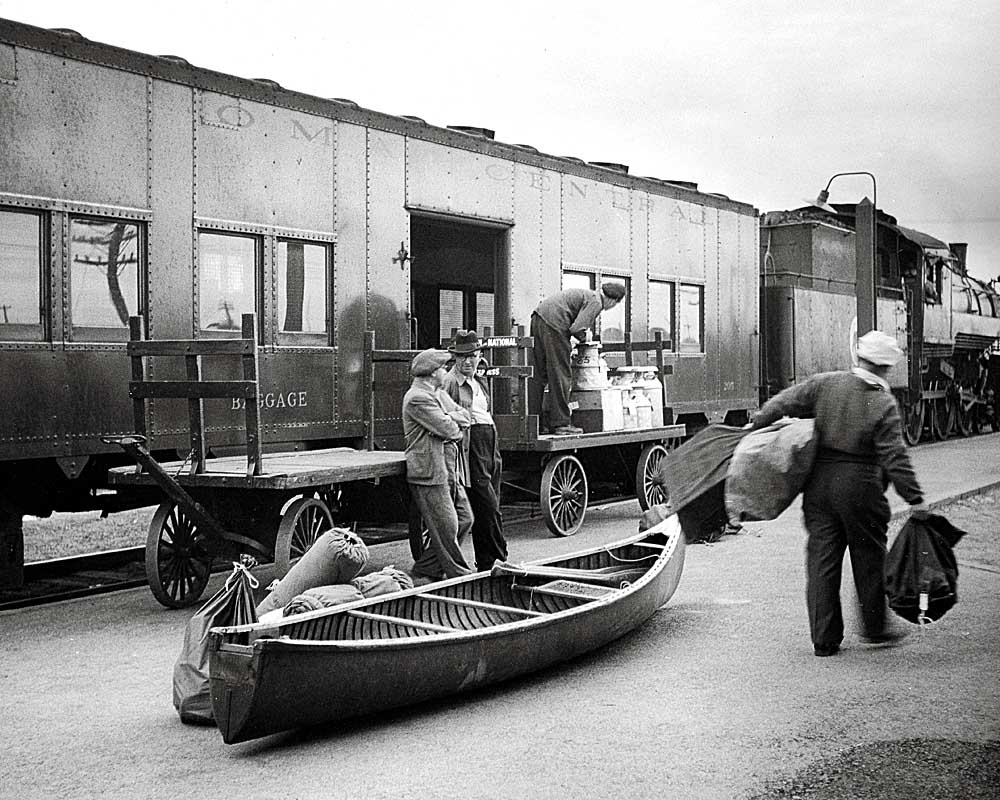
The Algoma Central Railway was chartered in 1899 to build into the Ontario wilderness north of Sault Ste. Marie. Its purpose was to bring out pulpwood and iron ore. In 1901 the ambitions of its founder added “& Hudson Bay” to the corporate title. The line reached Hawk Junction, 165 miles north of Sault Ste. […]
Read More…
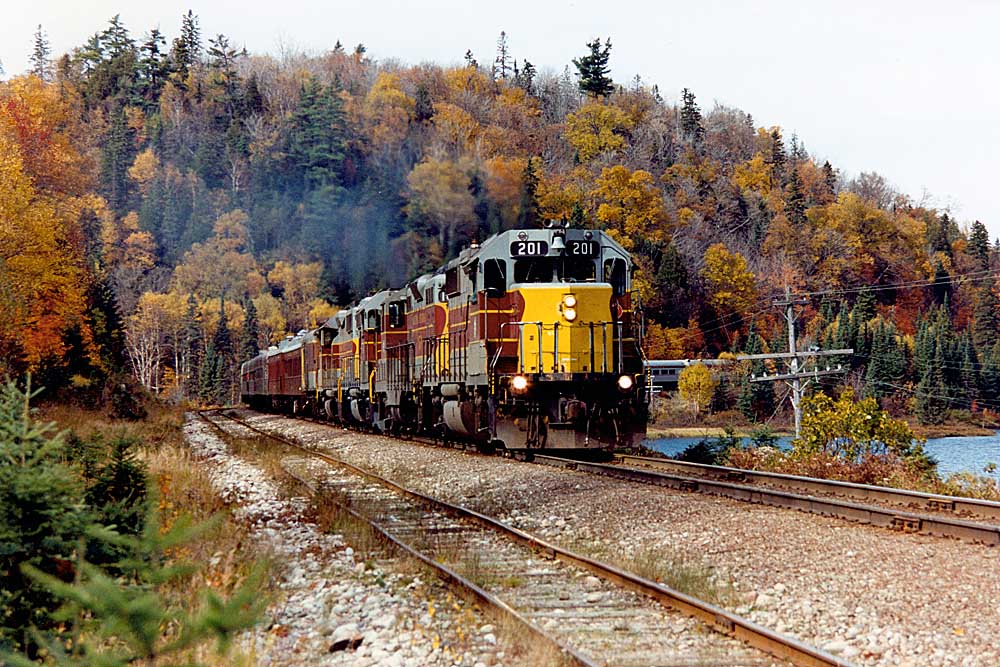
Algoma Central locomotives provided a bit of variety in northern Ontario railroading. For a railroad its size, ACR owned a variety of steam power. The first engines were secondhand, including 11 acquired in 1899: four Lehigh Valley 4-6-0s and seven ex-Chicago, Burlington & Quincy 0-4-0s. ACR’s first new power, four Baldwin 2-8-0s, arrived […]
Read More…
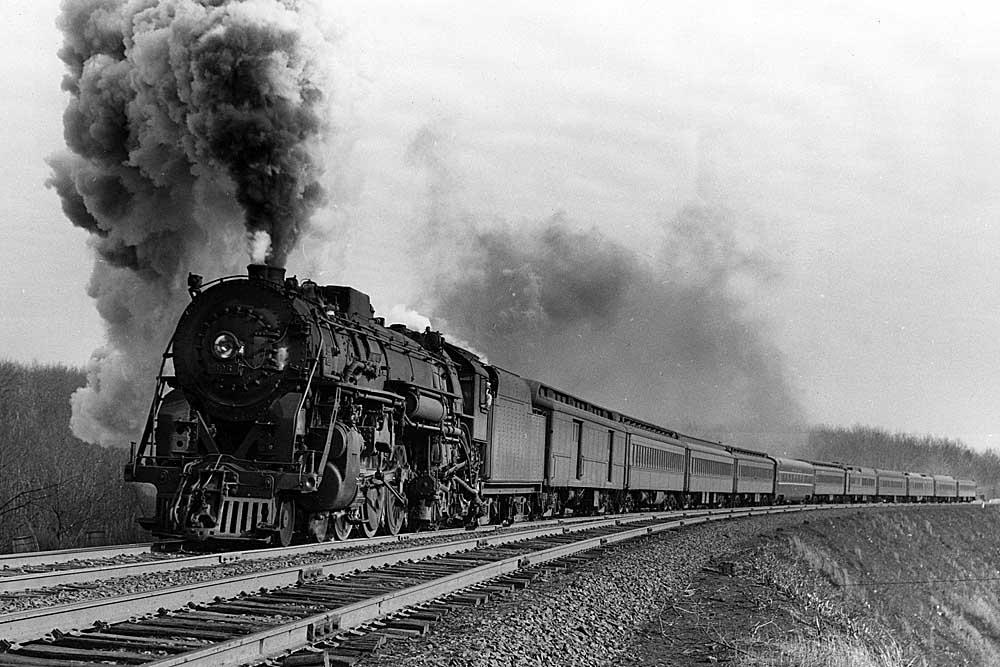
Boston & Albany’s J2 Hudsons provided subtle variety to the greater New York Central System. From the moment the New York Central absorbed the Boston & Albany Railroad via lease in 1900, you can imagine the company’s executive team vowing to hang on to as much independence as possible. The B&A was a […]
Read More…
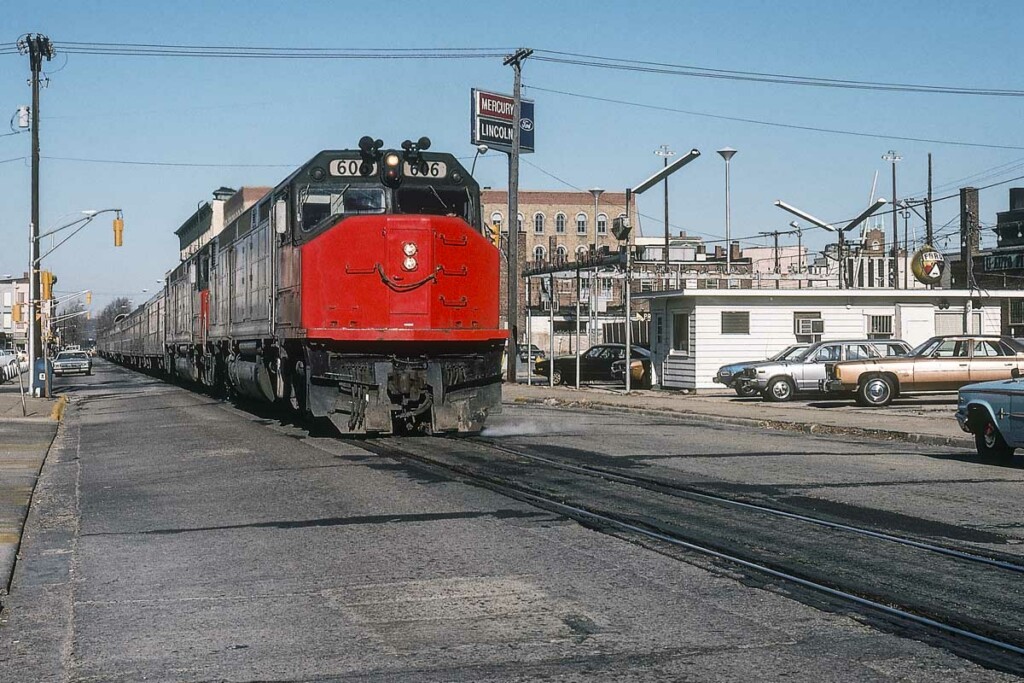
Amtrak Floridian service provided direct service between Florida and the Midwest for almost a decade. The train was first known as the South Wind, a name inherited from predecessors Pennsylvania Railroad, Louisville & Nashville, and Seaboard Coast Line. With the issuance of Amtrak’s first in-house timetable on Nov. 14, 1971, the name was changed to […]
Read More…

The Milwaukee Road Hiawatha fleet stands out among mid-century passenger operators. Of all the major U.S. railroads that fielded impressive fleets of passenger trains between the end of World War I in 1918 and the arrival of Amtrak in 1971, the Chicago, Milwaukee, St. Paul & Pacific — more commonly known as the […]
Read More…
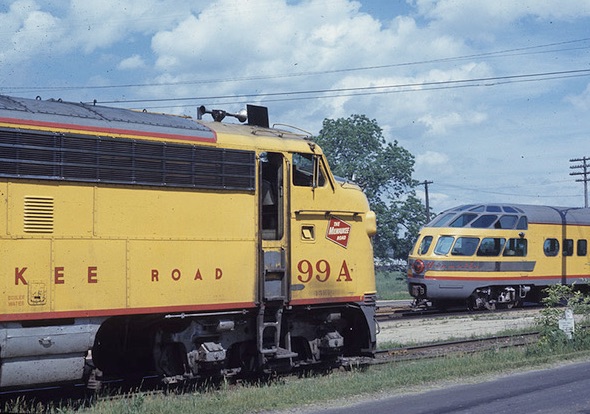
Even as he handed it to me the other night at a Milwaukee slide show, I couldn’t quite believe what Mike Schafer was telling me. “Hey, this is my first railroad book! Maybe you’ll write about it?” Mike Schafer’s first railroad book. That didn’t sound quite right. I’ve been reading Mike’s name on […]
Read More…

LUDINGTON, Mich. — It will likely take a “few weeks” to return Great Lakes car ferry S.S. Badger to service after a loading-ramp failure last week, the owner of the former Chesapeake & Ohio steamship said in a statement earlier this week. Lake Michigan Carferry, owner of the ship built in 1952, said that on […]
Read More…

LUDINGTON, Mich. — The S.S. Badger, the former Chesapeake & Ohio car ferry that is the last coal-fired passenger ship operating on the Great Lakes and last remnant of the once sizable fleet of railroad car ferries, has been sidelined until further notice by a mechanical failure of its ramping system, the ship’s owner announced. […]
Read More…
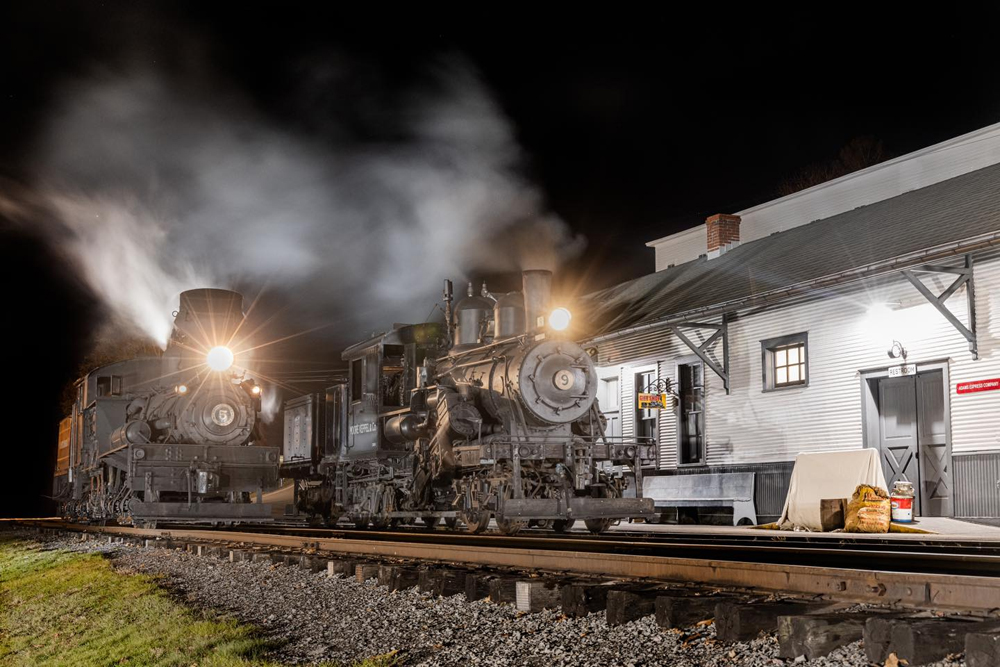
CASS, W.Va — Cass Scenic Railroad operator Durbin & Greenbrier Valley Railroad has announced two special events — a night photo session, and an excursion, both featuring Climax No. 9 — to be held Labor Day weekend. On Sunday, Sept. 3, the railroad will host a night photo session at the Cass depot, set to […]
Read More…

On Sept. 3, 1958 – nearly a year after the Pennsylvania Railroad stopped using steam locomotives – PRR 0-6-0 5244 emerges from Union Transportation’s New Egypt enginehouse. UT used leased PRR steam engines from 1945 to 1959. Aaron G. Fryer photo […]
Read More…











